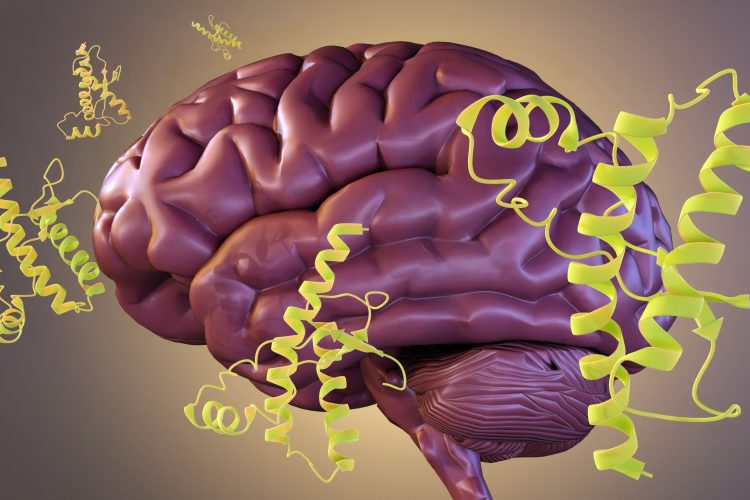Following direct exposure of human CNS tissues to CWD prions, a significant resistance to the propagation of infection was found.


Researchers at the National Institutes of Health (NIH) have used a human cerebral organoid model to study the potential transmission of chronic wasting disease (CWD) from cervids to people. Their results are consistent with decades of similar research in animal models at the NIH’s National Institute of Allergy and Infectious Diseases (NIAID).
Prion diseases, degenerative diseases found in some mammals, mostly entail deterioration of the brain, although the eyes and other organs can be affected. When abnormal proteins fold, clump together, and then recruit other prion proteins to do the same, this leads to the destruction of the central nervous system (CNS). At present, there are no preventive or therapeutic treatments for prion diseases. CWD is a type of prion disease found in cervids, and despite it having never been discovered in people, the question of whether people who eat meat from CWD-infected cervids can develop prion disease has remained.
During the mid-1980s and mid-1990s a different prion disease named bovine spongiform encephalopathy (BSE) emerged in cattle in the United Kingdom and was detected in cattle in other countries, including the United States. In the UK over the next decade, 178 people who were thought to have eaten BSE-infected beef developed a new form of a human prion disease, variant Creutzfeldt-Jakob Disease, and died. It was later revealed that the disease had spread among cattle through feed tainted with infectious prion protein. This greatly increased awareness of the prion disease family, of which CWD is the most transmissible, demonstrating highly efficient transmission between cervids.
Although researchers have used mice, hamsters, squirrel monkeys and cynomolgus macaques to mimic prion diseases in people, in 2019, NIAID scientists at Rocky Mountain Laboratories developed a human cerebral organoid model of Creutzfeldt-Jakob Disease. Currently, cerebral organoids are the closest available laboratory model to the human brain, as their organisation, structure, and electrical signalling of cerebral organoids is like brain tissue. Furthermore, organoids can survive in a controlled environment for months, so they can be used to investigate nervous system diseases over time.
In the new study, conducted mostly in 2022 and 2023, the team successfully infected human cerebral organoids with human CJD prions, validating the model. Using the same laboratory conditions, they directly exposed healthy human cerebral organoids for seven days with high concentrations of CWD prions from white-tailed deer, mule deer, elk, and normal brain matter (negative control). The organoids were observed for up to six months, and none became infected with CWD.
These findings demonstrate that after direct exposure of human CNS tissues to CWD prions there is a significant resistance to the propagation of infection. The researchers acknowledge the limitations of their research, like the emergence of new strains with a lesser barrier to infection remains possible, and the possibility that a small number of people may have genetic susceptibility that was not accounted for. However, they are optimistic that humans are very unlikely to contract a prion disease due to inadvertently eating CWD-infected cervid meat.
This study was published in Emerging Infectious Diseases.





